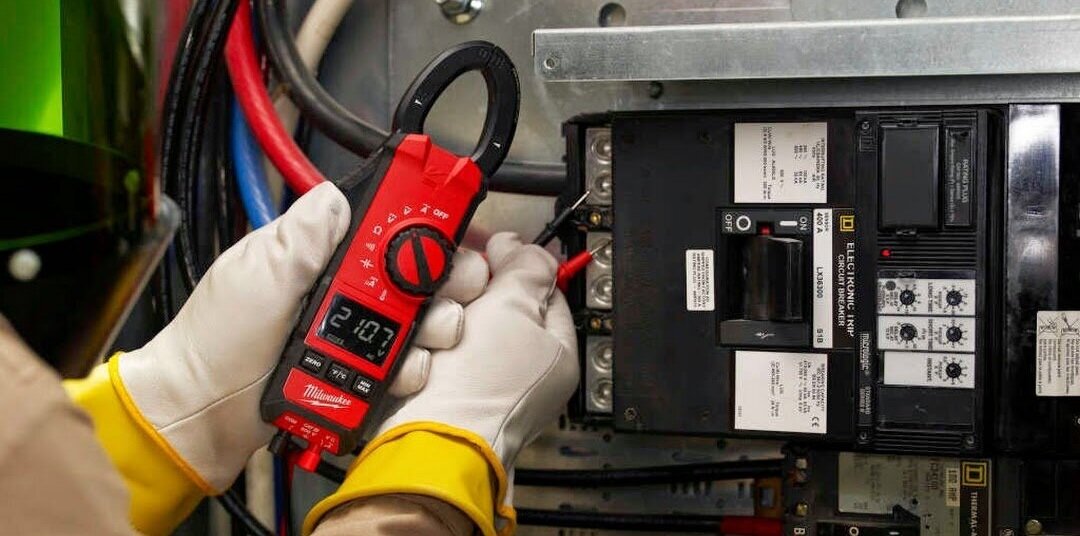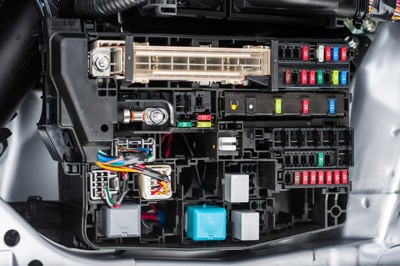Quality technical support for electrical industry solutions.
Quality technical support for electrical industry solutions.
Blog Article
Top Tips for Effective Electrical System Troubleshooting
Troubleshooting electrical systems calls for a systematic approach, based in a comprehensive understanding of electrical principles and safety methods. The nuances of efficient troubleshooting prolong beyond plain technological understanding; recognizing exactly how to record findings and focus on safety can dramatically affect outcomes.
Understand the Basics
Recognizing the fundamentals of electric systems is necessary for effective troubleshooting, as a solid foundation enables professionals to identify and solve issues much more efficiently. A detailed understanding of electrical principles, such as voltage, present, resistance, and power, is essential in determining the origin of problems. Voltage is the electric potential difference that drives existing via a circuit, while resistance opposes the flow of present, impacting the overall functionality of the system.
Familiarity with circuit parts, including resistors, capacitors, diodes, and switches over, is also critical. Each component plays a distinctive role in circuit actions and can influence efficiency when malfunctioning. Additionally, understanding series and identical circuit arrangements is vital, as these setups affect the circulation of voltage and current within the system.
Moreover, expertise of safety procedures is crucial. Specialists have to recognize prospective dangers, such as shock and short circuits, to implement secure troubleshooting methods. By understanding these foundational principles, specialists enhance their ability to carry out reliable diagnostics and repair services, ultimately bring about boosted efficiency and dependability of electric systems. This fundamental knowledge is the cornerstone of effective repairing ventures.
Gather Necessary Tools
Effective troubleshooting of electric systems calls for the right collection of devices to identify and fix issues properly. A well-equipped service technician can considerably improve performance and effectiveness in recognizing troubles. Essential tools include a multimeter, which gauges voltage, current, and resistance, permitting precise assessments of electric parts. Clamp meters are likewise useful for determining current without separating the circuit, ensuring safety and security and ease.
Additionally, shielded hand tools such as screwdrivers, pliers, and cord strippers are important for safely adjusting electric links. It is also recommended to have a circuit tester accessible to validate the visibility of voltage in outlets and cables. For more complicated systems, a thermal imaging video camera can aid spot overheating parts, suggesting prospective failures.

Comply With a Systematic Method
Having gathered the suitable devices, the following step in fixing electric systems is to adhere to a methodical technique. A methodical approach ensures that technicians can determine mistakes efficiently and properly, lessening downtime and avoiding unnecessary repair work.
Begin by examining the system's schematic diagrams and specifications. This includes checking each element systematically, beginning from the power source and working in the direction of the tons.
Make use of testing equipment, such as multimeters and oscilloscopes, to collect objective information about voltage, current, and resistance at different points within the system. This empirical visit this site right here proof will lead your troubleshooting initiatives and aid to validate or remove possible reasons for failing.
Furthermore, consider ecological elements that might affect the system's performance, such as temperature changes or dampness ingress. A comprehensive evaluation of electrical wiring, connections, and elements will certainly ensure that all opportunities are accounted for.
File Your Searchings For
Comprehensive documents is essential in the repairing procedure of electrical systems. This practice not only help in understanding the root reason of the issue however likewise serves as a referral for future repairing efforts.

Furthermore, maintaining a log of components replaced or repair services carried out is indispensable. This details supports supply monitoring and can aid examine the longevity and dependability of particular components.
Inevitably, the paperwork process need to be extensive yet concise, enabling simple retrieval and testimonial - electrical system troubleshooting. By prioritizing thorough paperwork, professionals can produce a useful data base that not just help in present troubleshooting yet likewise empowers future maintenance initiatives, consequently boosting total system reliability

Prioritize Safety And Security Actions
Acknowledging the fundamental risks connected with electrical systems is essential for ensuring safety during troubleshooting. Electrical shock, burns, and equipment damages are simply a few of the potential dangers that technicians face. Prioritizing safety steps is not only a lawful responsibility yet additionally an ethical critical that safeguards both the specialist and the surrounding atmosphere.
Prior to commencing any troubleshooting task, service technicians should put on suitable personal safety tools (PPE), consisting of shielded gloves, shatterproof glass, and flame-resistant clothes. Making certain that the workplace is completely dry and devoid of mess can significantly reduce the risk of accidents. In addition, it is vital to de-energize circuits prior to starting any type of job, validating that they are not live through the use of a multimeter or voltage tester.
Developing clear communication protocols with staff member is likewise vital; this my review here guarantees that everybody understands prospective threats and the condition of the electric system being linked here dealt with. Having an emergency response strategy in area can prove invaluable in the event of an incident. By focusing on precaution, professionals can effectively minimize dangers and foster a much safer work environment.
Final Thought
Effective electrical system fixing relies upon an extensive understanding of essential principles and a systematic method. By collecting essential devices, sticking to organized assessment strategies, and diligently recording findings, the troubleshooting procedure ends up being much more effective and reputable. Prioritizing precaution makes sure the wellness of people entailed and the integrity of the electrical system. Applying these techniques will improve the fixing experience, leading to quicker resolutions and boosted functional efficiency in electrical systems.
Report this page